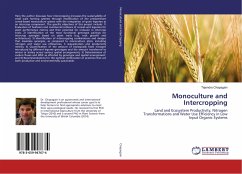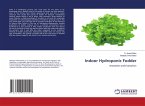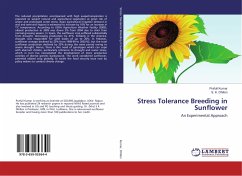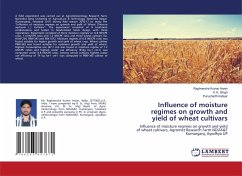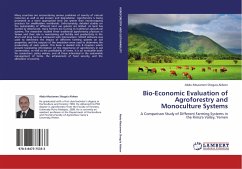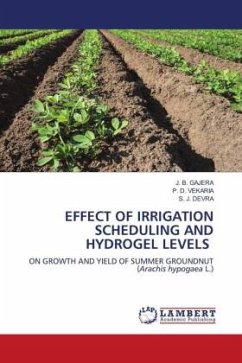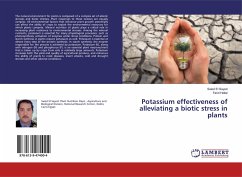Here the author discusses how intercropping increases the sustainability of small scale farming systems through modification of the predominant cereal-based monoculture system with the integration of grain legumes as an intercrop component. The specific objectives of this project include: 1) Evaluation of heirloom and commercial cultivars of cereals and legumes for plant performance metrics and their potential for inclusion in intercrop trials; 2) Identification of the most functional genotype pairings for intercrop synergies based on plant traits (e.g. root growth and architecture); 3) Identification of intercropping combinations and designs that maximize synergies, as compared to monoculture plots, including nitrogen and water use efficiencies, C sequestration and productivity metrics; 4) Quantification of the amount of biologically fixed nitrogen introduced by different legume genotypes and the amount transferred to wheat or barley across various spatial arrangements; 5) Determination of carbon fluxes and WUE as affected by genotype and spatial arrangement; and 6) Recommendations for the optimal combination of practices that are both productive and environmentally sustainable.
Bitte wählen Sie Ihr Anliegen aus.
Rechnungen
Retourenschein anfordern
Bestellstatus
Storno

